Welcome to Tirana, the capital and the largest city of Albania, founded in 1614. Center of Albanian culture, entertainment, and politics, Tirana is a pleasant exploration made of museums, monuments, historic buildings, and parks.
SKANDERBEG SQUARE (Sheshi Skëndërbej)
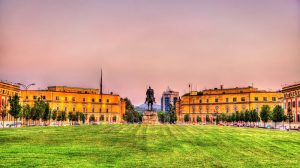
All roads lead to the heart of Tirana, where Skanderbeg Square is located, designed by the well-known Italian architects of the fascist period, Florestano de Fausto and Armando Brasini. It takes its name from the national hero that led to Albania’s independence from the Ottoman Empire. The center of the square hoses a large bronze statue of Skanderbeg on horseback and the Et’hem Bey Mosque, one of the nation’s most precious buildings.
NATIONAL HISTORY MUSEUM (Muzeu Historik Kombëtar)

Once you arrive in Tirana’s central square, it is impossible not to notice the large structure of the National History Museum. It is the biggest museum in the city and the most important in the country. It contains 3,600 exhibits of Albanian cultural heritage throughout its history. The mosaic of the facade of the building depicting the history of Albania from its Illyrian origins to nationalistic days is very beautiful and unique. Inside there are almost 5000 objects that reconstruct Albanian history from the 4th millennium B.C. until the mid-twentieth century.
THE CLOCK TOWER (Kulla E Sahatit)
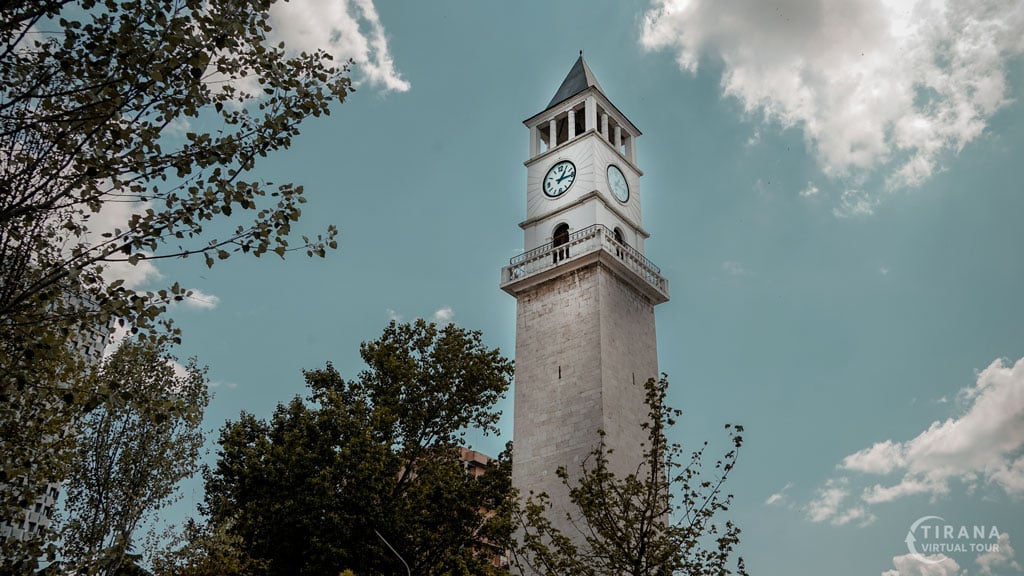
The tower, or bell tower, is today the symbol of Tirana and it was built between 1821 and 1830 by Et`hem Bey. For many years, in fact, this has been recognized as the tallest structure in all of Tirana.
ET’HEM BEY MOSQUE (Xhamia Et’hem Bej)

The construction of Et’hem Bey Mosque was initiated from Mulla Bey in the XVIII century and was finished by his son Haxhi Et’hem Bey, at the beginning of the XIX century. It is one of the few sacred places that survived the communist dictatorship. In 1991, ten thousand people went inside to pray, challenging the ban imposed by the communist system.
THE PYRAMID (Piramida e Tiranës)

A few steps from Skanderbeg Square, we find the concrete pyramid of Tirana, completely covered with graffiti, full of unique and irresistible charm. The building was designed as a real commemorative mausoleum of the Albanian dictator Enver Hoxha. It was constructed in 1987 by her daughter as a museum in honor of his father. It was used as a cultural center and a social youth center. In front of the Pyramid is the Peace Bell, a tribute to the post-communist years in the country. It was probably the most expensive individual structure that has ever been built in Albania, whose design was studied in detail.
PEACE BELL (Këmbana e Paqes)

The bell is a tribute to the difficult post-communist years in the country. It was probably the most expensive individual structure ever built in Albania, whose design was meticulous in detail.
THE PALACE OF CULTURE (Pallati i Kulturës)
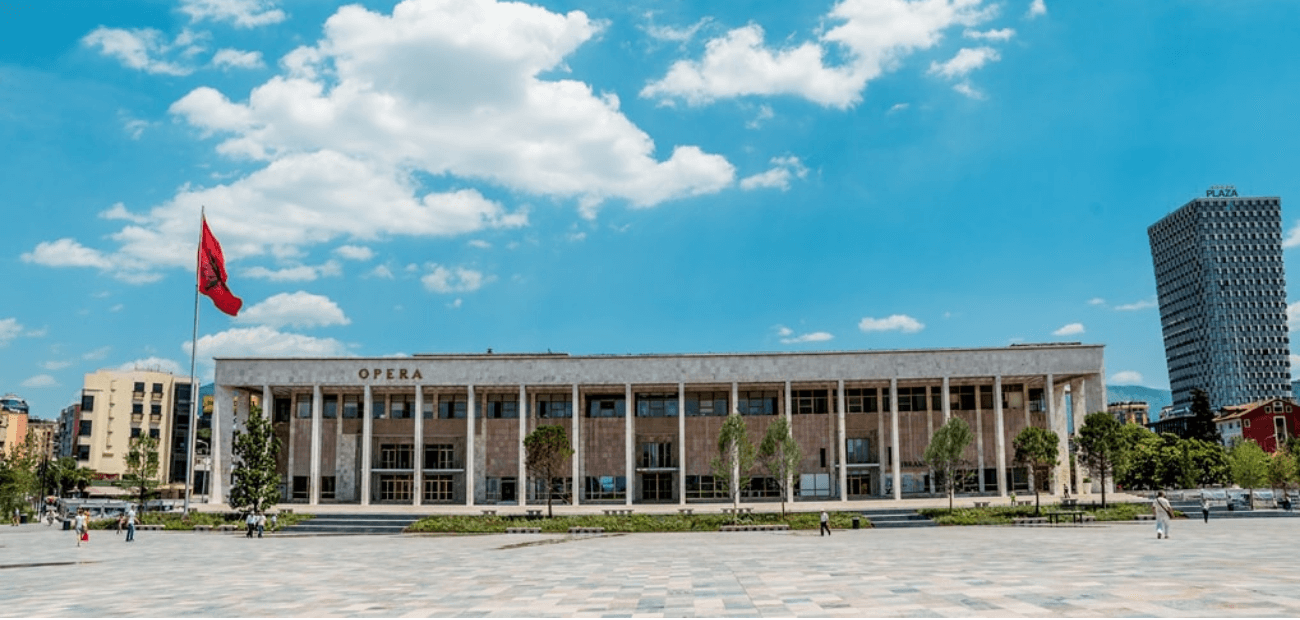
Here we can find the Opera, Ballet Theater and the National Library. It was completed in 1963 on the site of the old commercial building in Tirana. The first foundation stone was laid by Soviet President Nikita Khrushchev during his visit to Albania in 1959.
THE NEW BAZAAR ( Pazari i Ri)
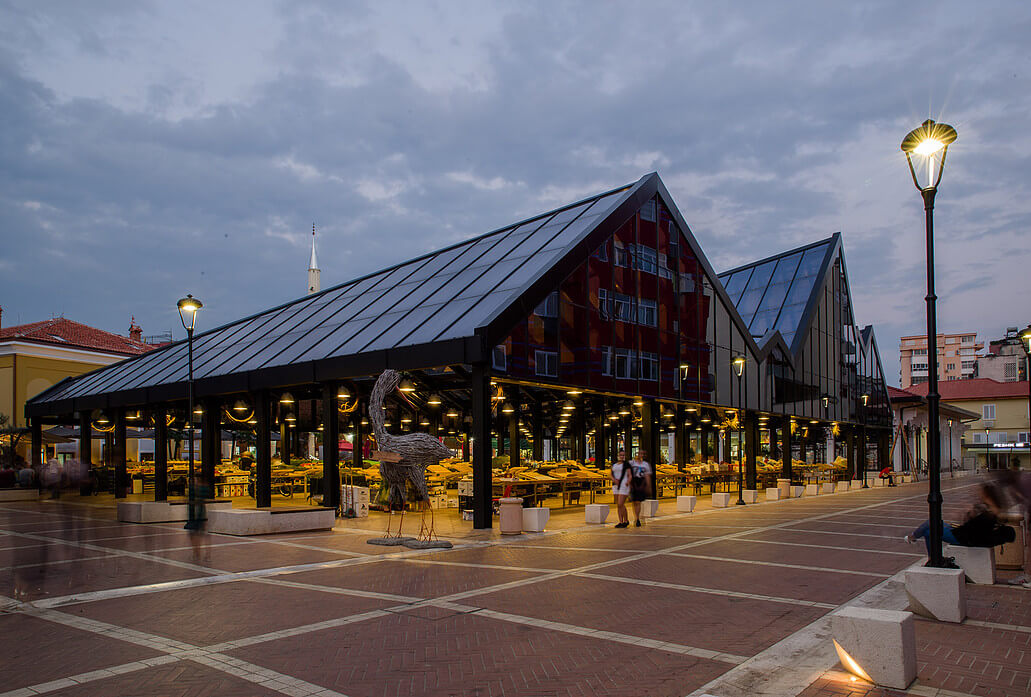
It is a colorful and typical city market in Tirana, where you can admire the true popular culture of Tirana, its citizens, and the fresh products of the Albanian land.
THE ANCIENT JUSTINIAN FORTRESS (Kalaja e Tiranës)

Better known by the locals as “Castle of Tirana”, the Justinian Fortress was built in the 6th century A.D. by the Byzantines to pay homage to the emperor. Today, almost nothing has remained of the splendor of this ancient fortress, except a small wall almost 6 meters high, clearly visible walking along the Street Murat Toptani.
BUNK’ART (Bunker)

Located in the north-eastern outskirts of the Capital, this old anti-atomic bunker was recently transformed into an interesting museum of history and contemporary art. It is only one of the many projects launched by the local Government to re-evaluate some of the old buildings of the Hoxha dictatorship. Built-in the 1970s at the behest of the dictator and his Prime Minister Mehmet Shehu, this gigantic bunker was designed as a refuge for the Albanian political elite if an event of a nuclear attack would happen.
THE BLOCK (Blloku)
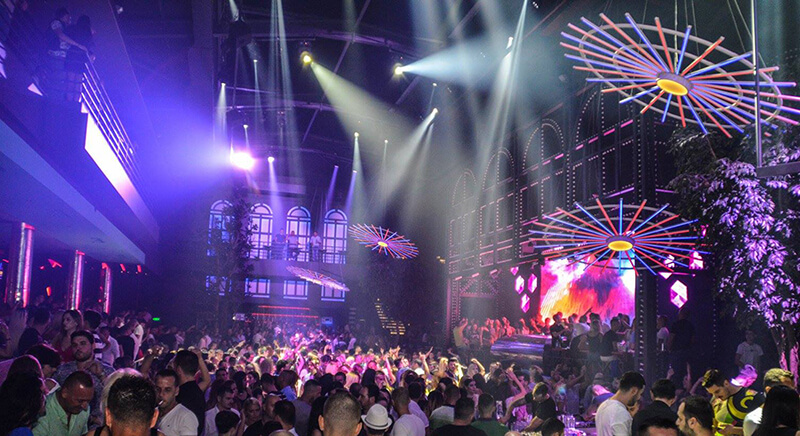
The liveliest neighborhood in Tirana. Literally translated, it means “The Block” and it is a former district of the Central Committee leaders of the Labor Party. Designed as a “garden neighborhood” by the architect Gherardo Bosio, it became the residential neighborhood of the dictator Enver Hoxha after the Second World War. Inside you can find expensive hotels, designer cafes, restaurants and shops.
ART GALLERY (Galeria e Arteve)
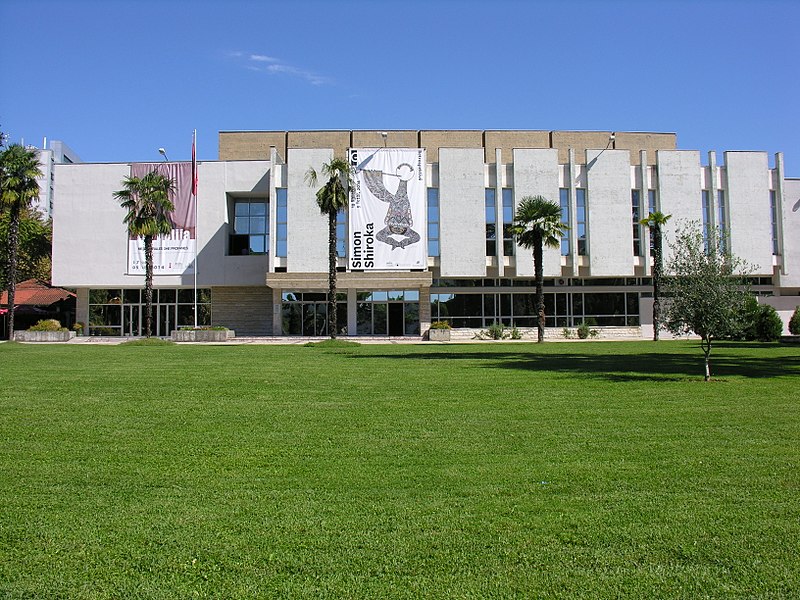
It houses a varied art collection from the late nineteenth century to modern times, with a rich section of works in the socialist realism style, including busts, paintings, statues, and photographs. The origins of the gallery date back to the efforts of a group of Albanian artists and to the Commission of Arts of 1946. The Gallery of Arts is the only national institution that deals with the exhibition, protection, study, restoration, and dissemination of Albanian art, in addition to documenting and archiving each example.
THE TANNER’S BRIDGE (Ura e Tabakëve)

It is a stone pedestrian bridge from the 18th century. It is a testament to the urban development of Tirana in the 18th century and the increase in communications and exchange with the internal areas of Albania. It also represents the refined construction of Tirana. The monument is carefully preserved and is part of the modern city.
THE ORTHODOX CATHEDRAL OF THE RESURRECTION OF CHRIST (Kryekisha Ortodokse Ngjallja E Krishtit)

It is the largest Orthodox church in the Balkans; a majestic architectural complex completed in 2012. Rebuilt after its demolition during the communist dictatorship, it is indeed a modern church, which however recalls characteristic features of traditional religious architecture.
THE CATHOLIC CATHEDRAL OF SAINT PAUL (Katedralja Katolike e Shën Palit)

Completed in 2001, this is perhaps one of the most modern religious buildings in all of Tirana. The building was in fact designed and built by combining two different geometric figures, a triangle, and a circle, respectively representing the Trinity and Eternity of God. A perfect mix between ancient and modern.
ARCHAEOLOGICAL MUSEUM ( Muzeu Arkeologjik

Located in Sheshi Nënë Tereza (Mother Teresa square), it presents the search of archaeological discoveries in the Albanian territory. It hosts prehistoric and classical exhibitions up to the Middle Ages and the modern era. More than 200 objects are exhibited there: from ancient jewels to Roman statues, going through the numerous terracotta vases that were found during the archaeological excursions in which the museum is involved.
NATURAL SCIENCE MUSEUM (Muzeu i Shkencave të Natyrës)

It is the only natural history museum in Albania. An important city museum whose collection includes the largest sea turtle ever found in Albania. Inside you will immediately realize the extraordinary variety of animal and plant species that populate the Albanian territory: mammals, birds, reptiles, amphibians, fish, insects, aquatic invertebrates, and plants. The Museum is one of the main driving forces in compiling the National Strategy for the Conservation of Biodiversity.
PALACE OF BRIGADES (Pallati i Brigadave)

It has been the residence of King Zog I, a beautiful building built in 1928 and now used for State ceremonies and receptions, which are usually housed in the Ruins of the Long Tower (18th century) or in its beautiful semicircular portico.
THE BOTANICAL PARK ( Parku Botanik)
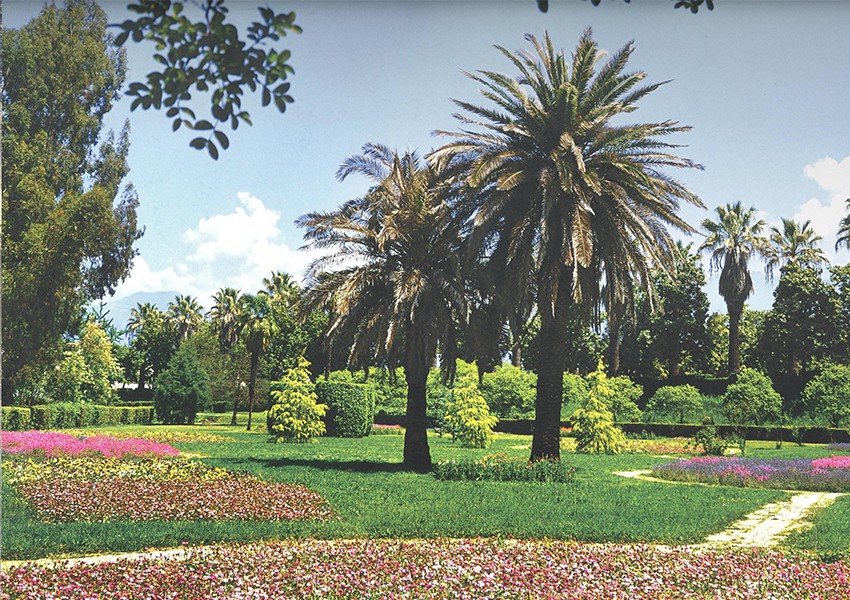
Located near the city zoo, which continues to maintain the original historic aspect. It is considered one of the most precious green places in the city, inside we can find several collections of geographical, scientific, and cultural value. At one time, around 2,000 species of Albanian and exotic plants, grew inside the botanical garden.
THE TIRANA ZOO (Koopshti Zoologjik i Tiranës)

It is the only zoo in the whole country. Together with the Grand Park and the Lake, it forms the green area of the city. The zoo is home to only a few animals, however, it is still worth a visit and children can have fun taking a ride on small pedal cars.
GRAND PARK OF TIRANA LAKE (Parku i Madh i Liqenit të Tiranës)
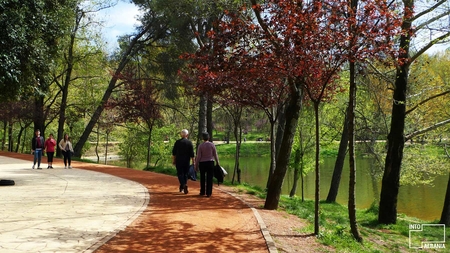
The citizens of Tirana frequent it to spend a few hours, fishing in the artificial lake, picnicking on the meadows, or spending time in one of the many bar-cafes.
THE NATIONAL PARK OF MOUNT DAJTI (Parku Nacional i Dajtit)

It is undoubtedly one of the most interesting natural attractions to see, a real idyll of nature, a very short distance from the beautiful city of Tirana. A wonderful panoramic view (probably the most beautiful in Albania), which offers you the opportunity to admire the capital and, in the days when the weather is particularly clear, even a large part of the territory up to the Adriatic Sea.
STATUE OF MOTHER ALBANIA (Statuja “Nënë Shqipëri)
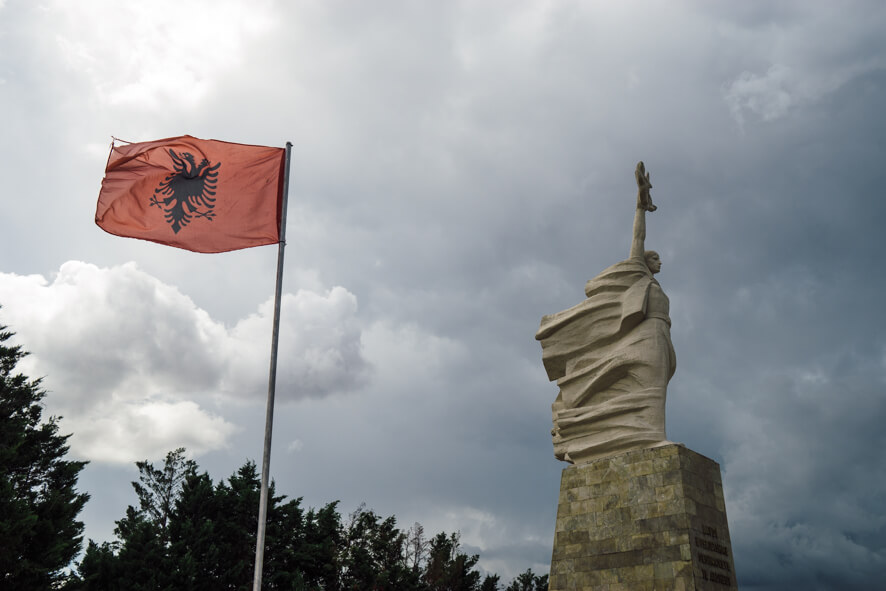
It is located in the cemetery of Martyrs, a place in which about 900 Albanian partisans who died during the Second World War are buried.
THE CASTLE/FORTRESS OF PETRELA (Kalaja E Petrelës)
During the battle of Torvioll against the Ottomans, the castle of Petrela was under the command of the sister of the commander Skanderbeg, Mamica Kastrioti. The castle offers spectacular views over the Erzen valley, the surrounding hills, olive groves, and mountains. Since ancient times, this fortress controlled the crossroads of the most strategic military and economic roads that passed near it, such as the Via Egnatia. Petrela was the first Castle, after that of Kruja, to be conquered and freed by Skanderbeg. It was one of the centers that challenged the Ottoman advance until the last years of Skanderbeg’s life.
THE CASTLE/FORTRESS OF PREZË (Kalaja E Prezës)
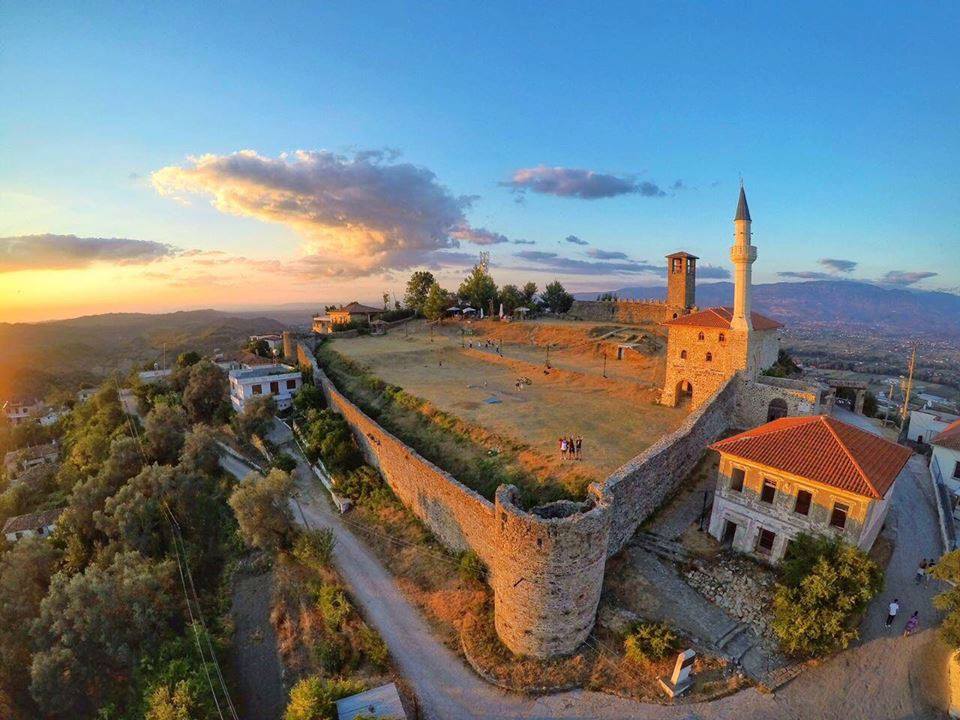
It is a small castle although larger than that of Petrela. Its construction began in the early 15th century. It belonged to the Topias, a local feudal family. Built-in the 15th century by the Parthini tribe, a tribe of legendary Illyrians who competed with Rome for the dominion of these areas. Declared a cultural monument, the castle now houses a restaurant offering traditional dishes and other services. Outside, a large green garden is an ideal place for picnics and outdoor activities.
PËLLUMBAS CAVE (Shpella e Pëllumbasit)

A natural and historical wonder. Known by the nickname “Black Cave”, the Pellumbas Cave is about an hour by foot away from the homonymous village. From here you can easily reach the Erzen Canyon, where you will have the opportunity to admire a splendid natural panorama, made of waterfalls and rivers.
In Tirana you can breathe the future; a future made of smart youth people, very often of international academic background, who know at least a couple of foreign languages and have acquired a solid wealth of skills. These young people are the future of Albania and are perfectly aware of it; an awareness shared by the multinationals, which have started to look with increasing interest to the Land of Eagles. Tirana, the heart and capital of Albania, like all other European cities, has an endless movement and energy. The hospitality shown in tourists is something that will mark your trip not only in Tirana but also throughout the country.